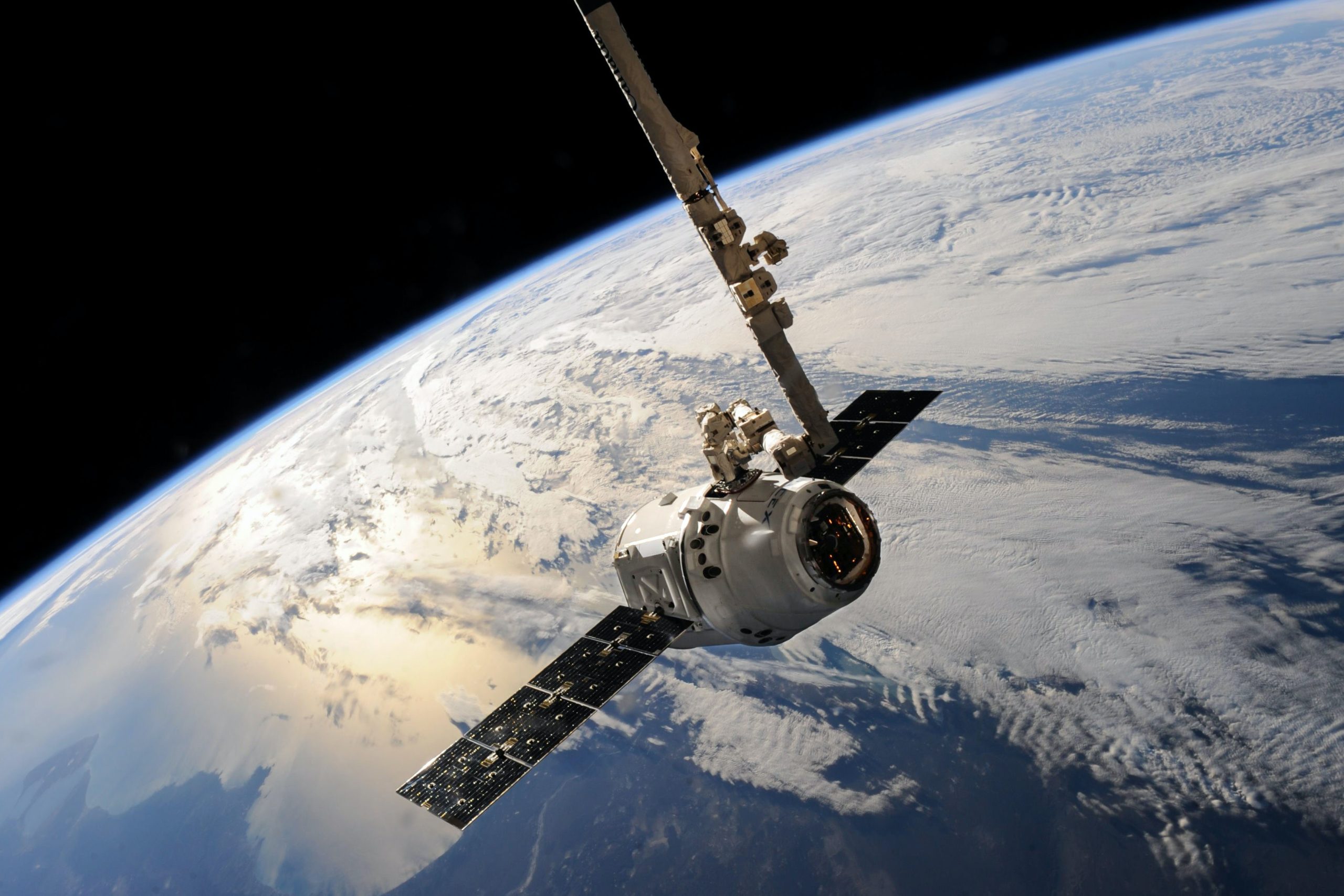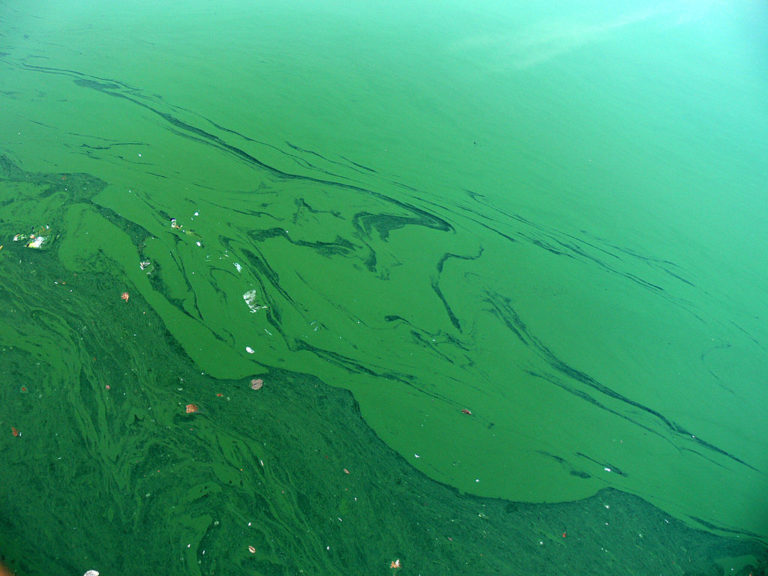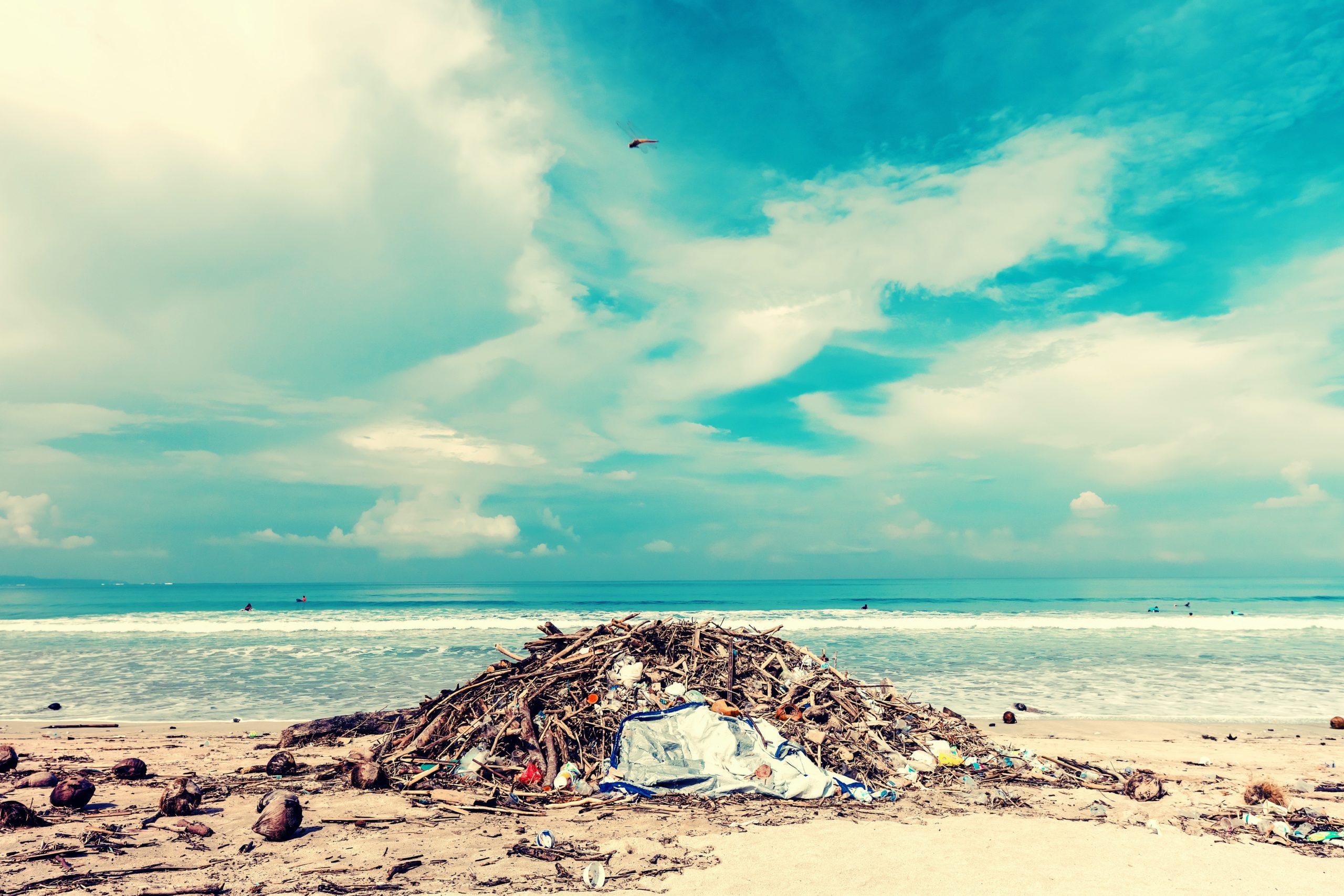Natural resources are squandered in many countries, and the response by most national governing bodies have not sufficiently met the sustainment needs of preserving natural resources. As the interaction between environmental dynamics and natural resources keeps getting complex and unpredictable, governments have no choice but to rely on new-fangled technologies. This is why most governmental efforts have relied on out-of-the-box technologies to conserve natural resources and promptly respond to environmental emergencies. Yet, most countries are still falling behind in using the most apt technological advancements to screen away natural resources from harm and danger. One of the 10 most not-to-be-missed technologies for Water Infrastructure Management technologies used to protect environmental ecosystems is a technology literally out of this world: Satellite-driven Data Analytics. Today we are connecting with our blog readers to help you understand the twists and turns of the perspective that global leaders have on satellite data for preserving nature. This 7-minute read will help you acknowledge the importance of applying satellite data to save nature from the impacts of natural and man-made catastrophes.
The What, How and Where of Satellite Technology

Some of The Main Situations Where Satellite Data Serves in Preserving Natural Resources
Algal Bloom Dead Zones Identification and Dispersion Prediction
HABs are created due to noxious phytoplankton, cyanobacterium, macroalgae and benthic algae. Most algal blooms that are familiar to our ears are Blue-Green Algae, Red Tides and Cyanobacterial HABs. The rapid expansion of HABs has harmed a bewildering array of fishery resources, and it is important to note the natural changes, pollution, and climate shifts has caused HABs to spread like wildfire.

Analyse Water Pollution Criticalities from A Country-scale

Vegetation Cover Changes Monitoring

We Are The Foremost Technology Providers to Save Nature Using Satellite Data in Singapore
Cerexio has enabled satellite-driven technologies for many countries under the concept of ‘Enriching Social and Environmental Well-being’. We have enabled a range of new-age technologies, including predictive analytics technologies to predict and mitigate risks of disasters that impact the health and security of natural resources, user-friendly EO-powered dashboards, ArcGIS interfaces, Digital Twins and Simulation Platforms powered by remote sensing and satellite imagery analytics and more. Connect with Cerexio to learn more on how we enable cutting-edge satellite-driven technologies to keep your ecosystems safe and secured.
Saving Nature from Space is An Inevitable Choice
Satellites are now the new inspectors of the sustenance, health and safety of our ecosystems; thus, learning about how they can impact countries and the world at large is very important. They are now on the journey of enabling a plethora of services to preserve natural resources around the globe; here are some more purposes that satellites meet to ensure our nature is safe and sound:
- Assess noteworthy climatic changes that can warn impending natural disasters
- Detection of oil pollution is water bodies inhabited by Aqualife and consumed by wildlife, pets and humans
- Ensuring the safety, peace and conservation of wildlife corridors and national parks
- Monitoring the health, structure and biomass of large-scale thickets of forests
- Monitor the conservation of wetlands and oversee the usage of their natural resources
- Pinpoint vital habitats of endangered species and control nature-harming activities in those areas
- Provide safe navigational routes for ships to ensure the health and peace of whales
- Supervise coastline human activities to mitigate pollution after effects and more.
- Predicting impending natural disasters like bushfires, landslides, floods,
Thus the need for capitalising on satellite-driven data, extracted from RADARSAT, SMOS, SWOT and other satellites, to protect and monitor the resource-heavy ecosystems for the future generation is a common and innovative decision that all governments around the world will have to take in the near future. We would not be exaggerating if we say that more technological disruptions can be expected in the future with the emerging need for satellite technologies to uncover flexible solutions for the dynamic threats in future.
